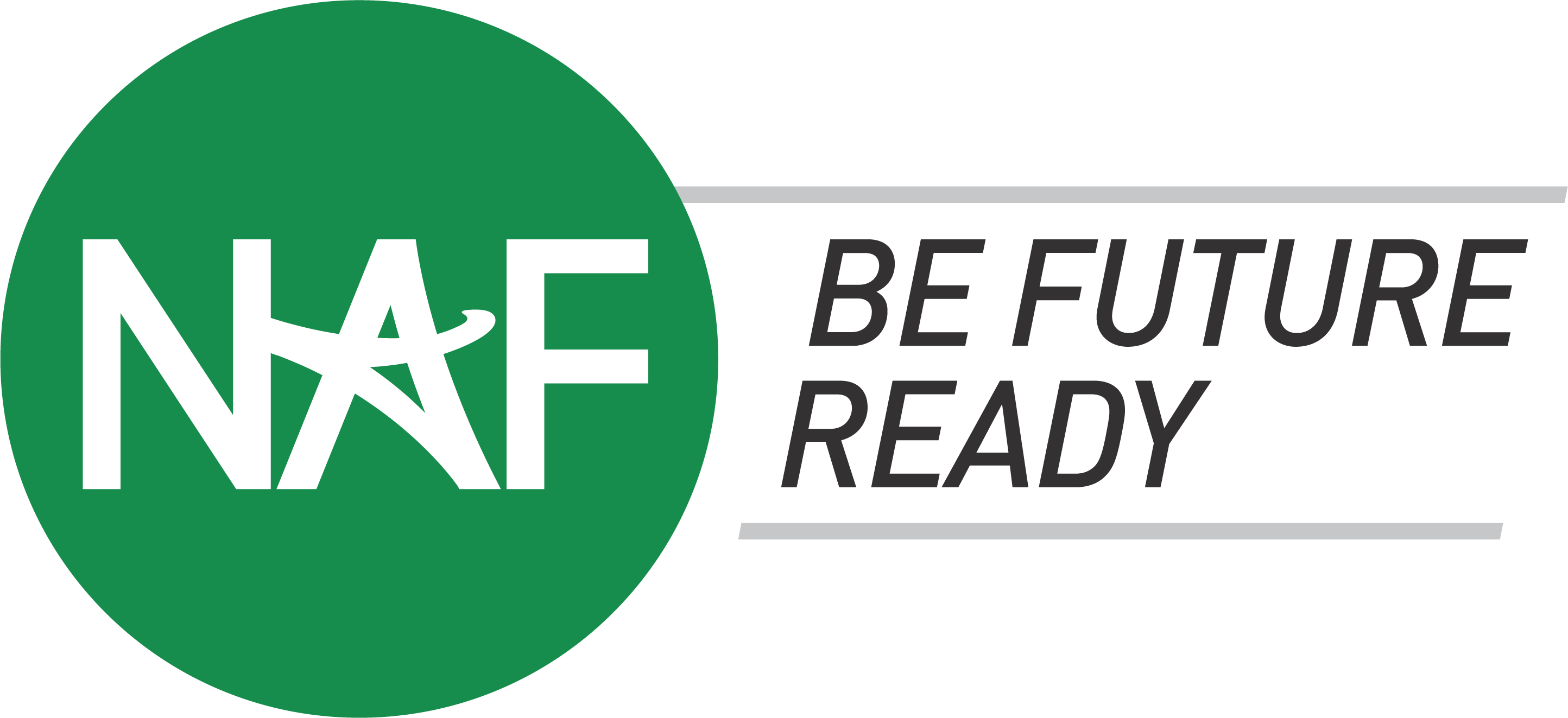While statistics suggest that the economy is nearing full employment, millions of people remain unemployed or underemployed in the U.S. It’s not that there are open positions, the number of job openings rose to 5.4 million in April.
The mismatch, much worse in many parts of the world, is due to labor markets that haven’t kept pace with rapid shifts in the global economy, according to a McKinsey study. The report said, “These issues translate into costly wasted potential for the global economy. More important, they represent hundreds of millions of people coping with unemployment, underemployment, stagnant wages, and discouragement.”
The McKinsey prescription is better online talent platforms that more effectively connect individuals with work opportunities. The report highlights popular profile sharing platforms including LinkedIn and Monster that aggregate individual résumés with job postings. McKinsey calculations suggest that better platforms would lead to increased labor market participation and improved productivity would generate almost $3 trillion in global GDP over the next ten years.
Better HRIS in edu. As noted in April, human resource information systems (HRIS) in education are even further behind most sectors. If education is about talent development, we need to radically improve how we recruit, hire and develop educators, and this demands much better HRIS.
A few new sites are improving educator hiring. Teachers-Teachers, and recently acquired myEDmatch, is deploying computer dating technology and best HRIS practices to improve the hiring process.
In a recent Hewlett-sponsored paper written with Digital Promise, we suggested that educators should benefit from blended, personalized, and competency-based professional growth. Platforms like Bloomboard (where I’m a director) are helping districts make the shift.
Better Career education. The McKinsey report suggested that, “Online talent platforms increase the transparency of the demand for skills, enabling young people to make better educational choices.” They estimate that more effective spending on higher education could reduce some of the $89 billion in misallocation they found in developed economies.
More broadly, as noted last year, better career education would inform learning and work choices. Following are seven, strategies to improve career education in K-12.
- Encourage career awareness in grades 6-12. States and districts should encourage all secondary schools to incorporate career awareness into advisory curriculum and make career education resources available to all students. (See Core & More: Guiding & Personalizing College & Career Readiness). Starting in middle grades, students should be setting goals and linking job options with educational pathways. Advisors (and advisory systems) should track progress and provide decision support (e.g. Summit Public Schools).
- Expand work-based learning for all students in grades 6-14. All students should graduate having experienced success in a career setting. Jobs for the Future outlined best practices in work based learning including assessment and feedback; work experiences that progress from introductory to advanced; mentoring and leadership development opportunities; and a digital portfolio to capture evidence and artifacts.
- Applied learning experiences. Ask teams of students to struggle with real world problems. Examples includeReynoldsburg capstone super blocks; METSA New Tech capstone, presentations of learning at High Tech High, and intensive, nine-week interdisciplinary courses at NYC iSchool.
- Improve work skills. Most college graduates lack basic employability, work ethic, business analytics and communication, and design thinking. Programs like General Assembly, Koru, and Fullbridge are filling the gaps left by K-16 education. The NAFTrack certificate program provides quality work experiences and feedback to high school students.
- Expand CTE academies. GPS Education Partners is a network of manufacturing flex academies in the upper midwest. Career Path High near Salt Lake City is an early college flex high school at an applied technology training center. P-TECH computer science schools in Chicago and New York combine high school, work experiences and an associate’s degree, with a good shot at a good job. Wunschue in Houston and CAPS in Kansas City provide great career preparation. Louisiana Course Choice is a great example of a state proactively seeking expanded online CTE courses linked to emerging job clusters.
- Maker. Creating can get kids excited about careers. There is a growing range of K-12 coding resources, Maker Faire (see a recap of Portland’s #iPDX14), and DIY activities. Baltimore’s Digital Harbor Foundation is making hands-on learning available after school and during the summer. Project Lead The Way offers applied hands-on STEM learning in engineering, biomedical science, and computer, along with post-secondary credit for students who qualify. FIRST is a great robotics competition.
As noted in Smart Cities That Work for Everyone, broad advances in areas like career education, career planning and employability take a web of regional partnerships including higher education and chambers of commerce.
McKinsey concludes, “With the right investment, a thoughtful approach, and continued innovation from the private sector, the world could move closer to the goal of a labor market that works.”


